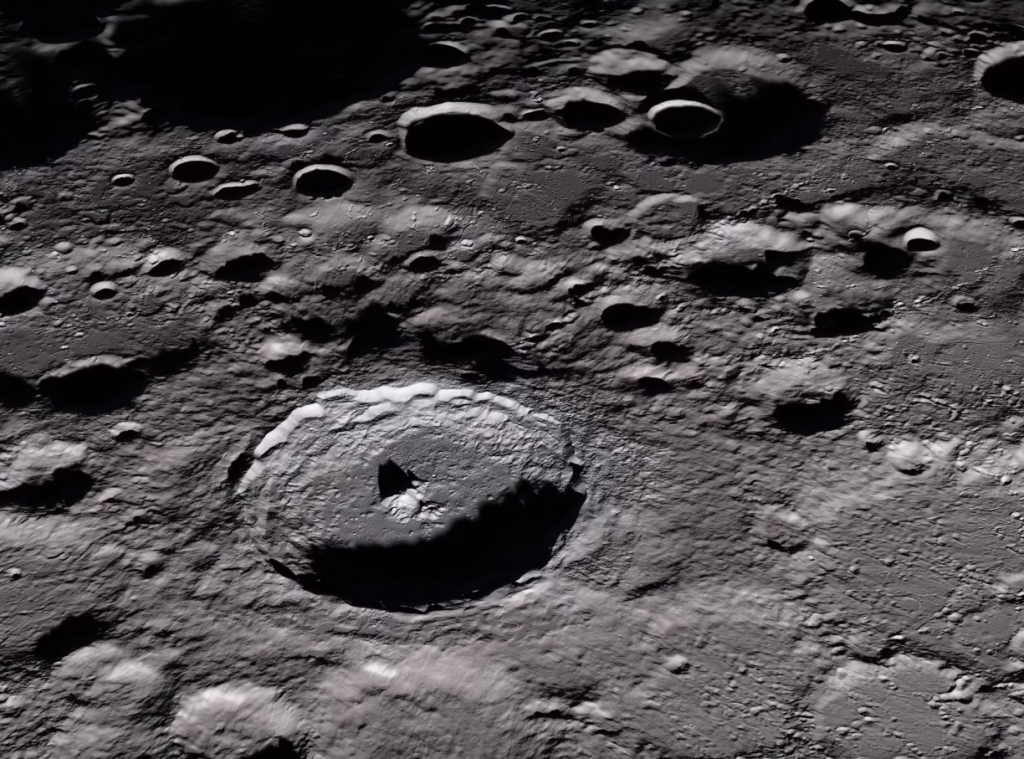
The SLS Rocket Got More Expensive
NASA has just announced that they are going to broadcast the static fire test of its new SLS rocket to the public, which is a great news, since the project has been dealing with delays and cost overruns for quite some time. Furthermore, NASA space agency also posted a brief update to its Artemis program, out of which the SLS is a major part.
As Ars Technica first noticed, NASA revelaed in a little tidbit the overall cost of this whole project in their latest update. As one might expected, the project it’s now going to be cheaper, but on the contrary, it will be aeound 30% more expensive than previously planned.
NASA also aligned the development costs for the SLS and Exploration Ground Systems programs, through Artemis I, as well as established new cost commitments. The new development baseline cost for SLS is $9.1 billion and the commitment for the initial ground systems capability to support the mission $2.4 billion.
This is indeed a significant increase of about a third over the most recent estimated program cost which was figured in 2017, so this whole venture just keeps getting more expensive.
NASA cited the pandemic as a reason for slow progress on the SLS this year, but his is not the first time that an update to the Space Launch System program included both a dramatic cost increase and a significant delay.
However, NASA seems pretty upbeat about this entire program. In their own words: “NASA has notified Congress of these new commitments, and we are working at the best possible pace toward launch, including streamlining operational flow at Kennedy and assessing opportunities to further improve the efficiency of our integration activities. Now that the majority of the design development is done, as well as the first time build and an extensive test program, a lot of effort is behind us” as their update reads.
According to an arbitrary estimate, there will be at least another year before the first launch of the SLS rocket, and that could be possible only if no further delays happen in the meantime.


